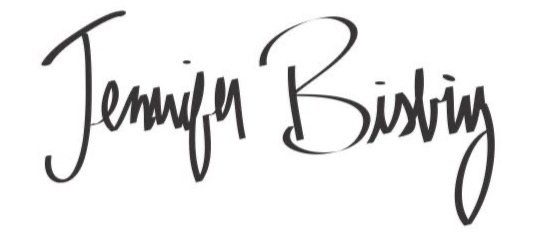The Art of Editing
After months, sometimes years, of writing and editing your book, you save the file that you labeled “final draft” or something to that effect. And now what? What type of professional editing does it need? Most authors, including myself, mistakenly think it will require only a proof because we have spent so much time tinkering, getting it fine-tuned. Still, realistically, it needs a fresh set of objective eyes at each stage of the publishing process. In traditional publishing, every manuscript usually goes through four separate editors; some manuscripts have a dozen rounds of editing. But . . . you’ve done your work—worked tirelessly on your craft. You’ve possibly had it workshopped at a writer’s retreat, peer-reviewed in a writing group, and had a half dozen beta readers give their unbiased opinion, so maybe you can skip a developmental edit, but how do you determine when it’s ready for a line edit, copy edit, or proof?
Line Edit
Excellent writing incorporates the most effective use of language. This is where a line editor is key—someone evaluates your work line by line to see if it has issues with structure and flow, content, proper use of The Chicago Manual of Style, and up-to-date Merriam-Webster spellings. Plus, eliminate those filler words clogging things up that may be slowing your readers down. Your editor will look at how language and terms are used, including shifts in tone, showing, not telling, transitions, overused words, and more. A crucial aspect of any book is pacing. Are scenes moving too fast or too slow? Do you need help with your narrative in places with needless digressions? Where does it need to be tightened up? Have you created dialogue that differentiates your characters, or do they all sound alike? Editors may recommend restructuring sentences to vary the beginnings for better flow. Even if there are numerous issues, a good editor will also point out the strengths so that you can carry forward with those.
Copyediting
The copy edit—it's the unsung hero that tackles the nitty-gritty details, including punctuation, grammar, and clarity. Authors, we get it—the rush to get those brilliant ideas onto paper can lead to some words going MIA. Fear not, the copy edit is here to play word detective and fill in those blanks. Also, we decode your misspelled words.
Can we talk about those double spaces between sentences? Not only are they so last season, but they can wreak havoc on your layout. Editors are on a mission to make sure every comma, period, and exclamation mark says what it needs to say to help the reader keep reading and not stumble.
Proofreading
The proof is not the time to revise and rewrite. Your proof comes after you have made sure your plot is solid or, in the case of nonfiction, your ideas come across clearly with your intended vision. You’ve tripled-checked everything. I’d say a proof catches the “little things,” but really, too many “little” errors add up and make your book look unprofessional. If you scroll through Amazon, many one-star reviews are for too many errors. Investing in professional editing is an easy step to making your book more polished. Editors spend hours scouring punctuation and words to find the one that does not belong because we want you to have the shiniest version of your ideas out in the world.
Rates
There are industry standards. Some editors creep outside the guidelines listed here. But overall, my rates stay within this range. Please reach out for specific editing rates for your book.
